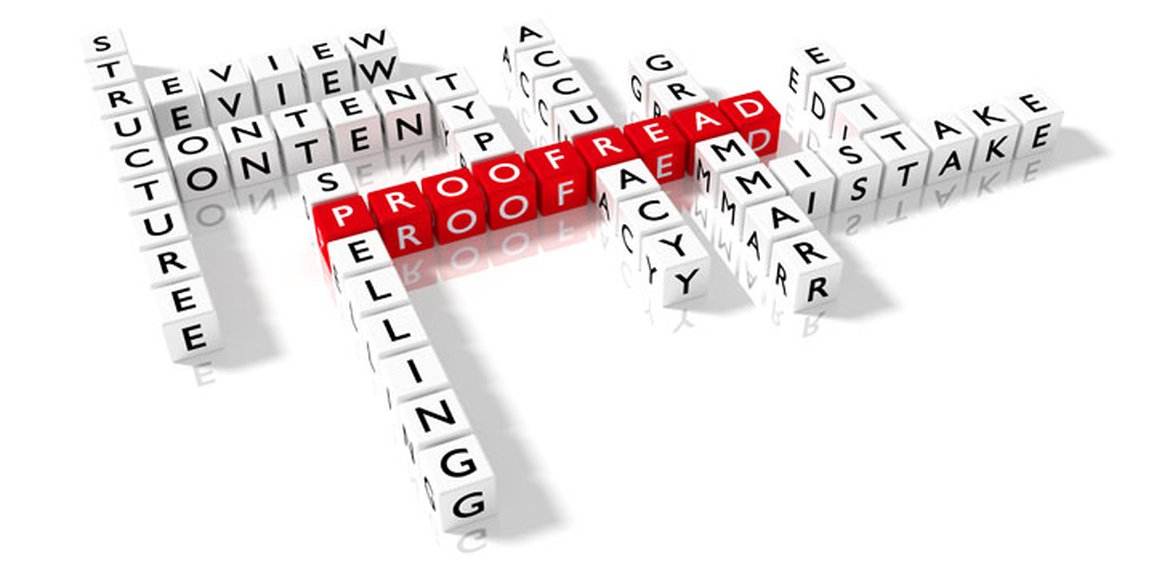Edit Your Writing Like a Master Chef
May 21, 2024

I have at least one thing in common with the late, great Julia Child. I LOVE France.
I love the language, the people, the history, the literature, the different landscapes, the Tour de France, and, of course, the food and the wine. Ooh la la.
In her book, My Life in France, Julia Child rapturously describes the first meal she ever ate in La Belle France.
To start, half a dozen oysters on the half-shell served with rounds of pale rye bread, spread with beurre d’Isigny, a fine, light table butter. For the main course, sole meunière, “a large, flat Dover sole that was perfectly browned in a sputtering butter sauce with a sprinkling of chopped parsley on top.” Then salade verte, “laced with lightly acidic vinaigrette.”
Along with their meal, Julia and her husband Paul “happily downed a whole bottle of Pouilly-Fumé, a wonderfully crisp white wine from the Loire Valley,” Finally, there was a “leisurely dessert of fromage blanc” and a strong, dark café filtre.
Julia summed up the experience as follows: “Paul and I floated out the door into the brilliant sunshine and cool air. Our first lunch together in France has been absolute perfection. It was the most exciting meal of my life.”
From that introduction to French cooking, Julia Child went on to leave an indelible mark on American cuisine, first, through her cookbook Mastering the Art of French Cooking and, later, her television show The French Chef.
As good a chef as Julia was, she still needed an excellent editor to make her cookbook successful.
In that, Julia was well-served by Judith Jones, the editor Knopf assigned to help shape the book when they accepted the manuscript for publication in May 1960.
As Helen Lefkowitz Horowitz describes in Warming Up Julia Child: The Remarkable Figures Who Shaped a Legend, Judith Jones addressed not only technical issues but also matters of style. She focussed on language, offering directions for making the text more precise. And she used her personal experience as an American home cook, familiar with various cooking tools, to call for meaningful changes and additions to the text.
Judith Jones is described as a “polite editor.” She framed all her notes and corrections as suggestions. This, it turns out, Julia appreciated.
As Lefkowitz Horowitz says: “Julia recognized the knowledge and skill that Judith brought to her reading of the manuscript. … This led Julia to put check marks in the left margin as reminders that she had made the changes Judith sought or had in other ways resolved the issue. Only twice did Julia not make a check, but on both occasions this was because the changes she made were in a manner somewhat different from her editor’s suggestions.”
As an editor myself, I must admit that I favour directness over “politeness.” But then, I’m rarely editing work that is destined to become a best seller, known for its author’s distinctive voice.
I ruthlessly hunt down long sentences (30, 40, 50 words!) and subject them to the chopping block. I seek out “ten dollar” words, and substitute shorter, simpler, more familiar ones. I check for the passive voice—the old “mistakes were made”—and do my best to shift these sentences into the active voice, thereby injecting life, liveliness and more certainty into my client’s narrative. And I root out examples of “nominalization”—or, if you like, “burying the verb.” (This is when you take a perfectly good verb, like “apply” and turn it into an abstract noun by saying “make an application.” Trust me—not the best way to write.)
Editing also involves looking at the design of a communication—how it actually looks. Is there sufficient white space to give the reader’s eyes a break? Or has the author crammed a ton of text into a page, with a fully-justified right margin. (Full text justification may look “neat,” but studies tell us it’s harder to read.)
Does the text include headings and sub-headings, and perhaps, bulleted lists? These formatting techniques provide signposts that guide the reader through a page, helping them to easily find what they’re looking for.
In an ideal world, we’d all be as lucky as Julia Child with an excellent editor like Judith Jones by our side.
As a consolation prize, I can offer three excellent resources to help you edit yourself:
- “How to Edit Your Own Writing,” a 4-page article by Harry Guinness, published by The New York Times, April 2020.
- Grammar Girl’s Editing Checklist, a very handy, 3-page checklist by Grammar Girl, aka Manon Fogarty.
- Edit Yourself: A manual for everyone who works with words, by Bruce Ross-Larson. At just 109 pages, this little manual packs a punch.
Before I sign off, I can’t help sharing one of my favourite New Yorker cartoons, which just happens to be editing-related.
It’s a drawing of a dejected looking man standing in the doorway of an office. Seated at the big desk in the office, holding a pen and paper, is another man, presumably the boss. The caption: “I just have a few minor fixes that will ruin everything you’ve come up with.”
Haven’t we all been there!
Remember this: No matter how good a writer you are, your communications will always benefit from editing. Before you ship them out, make sure you take the extra time to re-read, proof-read, and edit.
Effective Communication | Writing Tips & Tools